|
|
Post by Bayern Gull on Mar 6, 2011 15:23:56 GMT
|
|
Dave
TFF member

Posts: 13,081
|
Post by Dave on Mar 6, 2011 15:49:07 GMT
I think the pictures are first class Bayern Gull when you consider the shooting conditions and thanks for putting them up.
It does seem a very strange way to go about things when a club has gone bust. I can see the reason for not playing for any points and the effect such a nothing game would have on the gate.
Do you know who pays to the players wages and covers all the out goings and expenses? I can't see how a club that has gone bust would have the money, so do the German FA pay it all?
|
|
|
|
Post by Bayern Gull on Mar 6, 2011 16:07:42 GMT
I think the pictures are first class Bayern Gull when you consider the shooting conditions and thanks for putting them up. It does seem a very strange way to go about things when a club has gone bust. I can see the reason for not playing for any points and the effect such a nothing game would have on the gate. Do you know who pays to the players wages and covers all the out goings and expenses? I can't see how a club that has gone bust would have the money, so do the German FA pay it all? Ulm play in the fourth level of German soccer but there are 3 regional divisions at that level so it's probably closer to the Conference than League 2. In Germany most of the teams at this level are amateur so I'm not really sure how Ulm managed to go bust. It could be they were paying expenses for players to travel and loss of earnings etc. etc. and that pushed them over the edge. It was a relatively small amount (in UK terms) that pushed them over the edge - a few hundred thousand I believe. The stadium is part of a huge sporting complex with 11,338 members and not owned by the football club. There must be 5 pub/restaurants in the complex, indoor and outdoor pools and every kind of sporting facility you can imagine. |
|
Dave
TFF member

Posts: 13,081
|
Post by Dave on Mar 6, 2011 16:16:26 GMT
So they would never stand any chance of filling that big stadium them ;D
What your pictures highlight is how horrible it is to have a running track around a football pitch. In some of your shots the pitch just looks so far away.
I never like watching a game from behind a goal as its hard to see whats going on up the other end. In one shot that is taken from behind one of the goals you would defiantly need a pair of binoculars to see the action at the other end of the pitch.
I wonder how West Ham fans are going to enjoy their new stadium they are getting once the Olympics finish.
|
|
|
|
Post by Bayern Gull on Mar 6, 2011 16:30:30 GMT
So they would never stand any chance of filling that big stadium them ;D What your pictures highlight is how horrible it is to have a running track around a football pitch. In some of your shots the pitch just looks so far away. I never like watching a game from behind a goal as its hard to see whats going on up the other end. In one shot that is taken from behind one of the goals you would defiantly need a pair of binoculars to see the action at the other end of the pitch. I wonder how West Ham fans are going to enjoy their new stadium they are getting once the Olympics finish. The view is not quite as bad as it looks in the photos but you are still a long way from the action. The nearest you can get is on the so-called curves (see the last photo) - this is why German fans talk about 'curves' rather than 'ends' in relation to favored spots for the more vocal fans. So you have the East-Curve and South-Curve rather than the Stretford End, Holte End etc. etc. |
|
|
|
Post by chrish on Mar 9, 2011 13:10:17 GMT
Ulm. Known for being the birthplace of Albert Einstein and the tallest steeple in the world at 160.9 metres (the tallest structure in the world built before the 20th Century). It now looks like it's also home to the world's brightest floodlights.
Nice photos despite the glare.
|
|
|
|
Post by Bayern Gull on Mar 9, 2011 18:09:49 GMT
Ulm. Known for being the birthplace of Albert Einstein and the tallest steeple in the world at 160.9 metres (the tallest structure in the world built before the 20th Century). I know that some books report it wrongly but in fact the steeple at Ulm has never been the tallest structure in the world. The Washington Monument and Eiffel Tower were (are) both taller and sequentially holders of the record around the time the tower at Ulm was completed in late 19th Century. It is still the tallest church spire though and getting up to the viewing platform via the semi-exposed spiral staircases is not a lot of fun. I've done the CN Tower in Toronto (with glass sections in the floor) but Ulm is much worse for those with vertigo even if it's only around a third of the height. |
|
Dave
TFF member

Posts: 13,081
|
Post by Dave on Mar 9, 2011 19:42:16 GMT
Ulm. Known for being the birthplace of Albert Einstein and the tallest steeple in the world at 160.9 metres (the tallest structure in the world built before the 20th Century). I know that some books report it wrongly but in fact the steeple at Ulm has never been the tallest structure in the world. Ulm Minster is a Lutheran church located in Ulm, Germany. Although sometimes referred to as Ulm Cathedral because of its great size, the church is not a cathedral as it has never been the seat of a bishop. Ulm Minster is a famous example of Gothic ecclesiastical architecture. Like Cologne Cathedral (Kölner Dom), also begun in the Gothic era, Ulm Minster was not completed until the 19th century. It is the tallest church in the world and the tallest structure built before the 20th century, with a steeple measuring 160.9 metres (528 ft) and containing 768 steps. From the top level at 143 m (469 ft) there is a panoramic view of Ulm in Baden-Württemberg and Neu-Ulm in Bavaria and, in clear weather, a vista of the Alps from Säntis to the Zugspitze. The final stairwell to the top (known as the third Gallery) is a tall, spiraling staircase that has barely enough room for one person. ConstructionIn the 14th century, the parish church of Ulm was located outside the walled city. The burghers of Ulm decided to erect a new church within the perimeters of the city and to finance the costs of the erection. In 1377 the foundation stone was laid. The planned church was to have three naves of equal height, a main spire on the west and two steeples above the choir. In 1392 Ulrich Ensingen (associated with Strasbourg Cathedral) was appointed master builder. It was his plan to make the western church tower the tallest spire, which it remains in the present day. The church, consisting of the longitudinal naves and the choir, covered by a temporary roof, was consecrated in 1405. However, structural damage, caused by the height of the naves and the weight of the heavy vaulting, necessitated a reconstruction of the lateral naves which were supported by a row of additional column in their centre. In a referendum in 1530/31, the citizens of Ulm converted to Protestantism during the Reformation. Ulm Minster became a Lutheran Church. Although as large as many cathedrals, Ulm is not a cathedral, the responsible bishop of the Evangelical-Lutheran Church in Württemberg - member of the Evangelical Church in Germany - resides in Stuttgart. In 1543 construction work was halted at a time when the steeple had reached a height of some 100 metres (330 ft). The halt in the building process was caused by a variety of factors which were political and religious (the Reformation, the Thirty Years' War, the War of the Spanish Succession) as well as economic (the discovery of the Americas in 1492 and of the sea route to India in 1497, leading to a shift in trade routes and commodities). One result was economic stagnation and a steady decline, preventing major public expenditure. In 1817 work resumed and the three steeples of the church were completed. Finally, on 31 May 1890 the building was completed. World War IIA devastating air raid hit Ulm on 17 December 1944, which destroyed virtually the entire town west of the church to the railway station and north of the church up to the outskirts. The church itself was barely damaged. However, almost all the other buildings of the town square (münsterplatz) were severely hit and some 80% of the medieval centre of Ulm was destroyed.   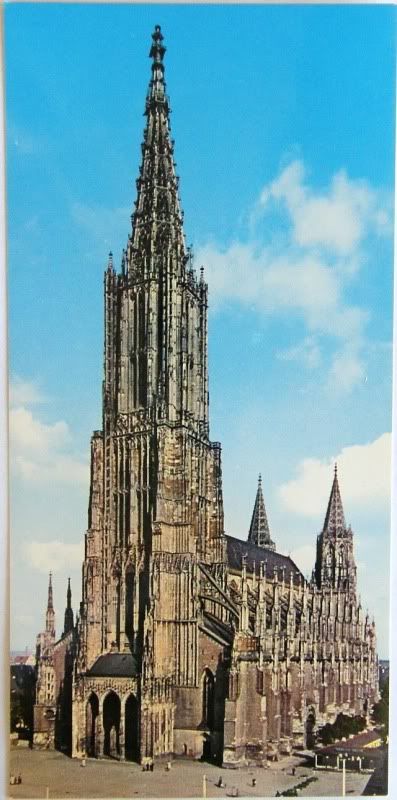 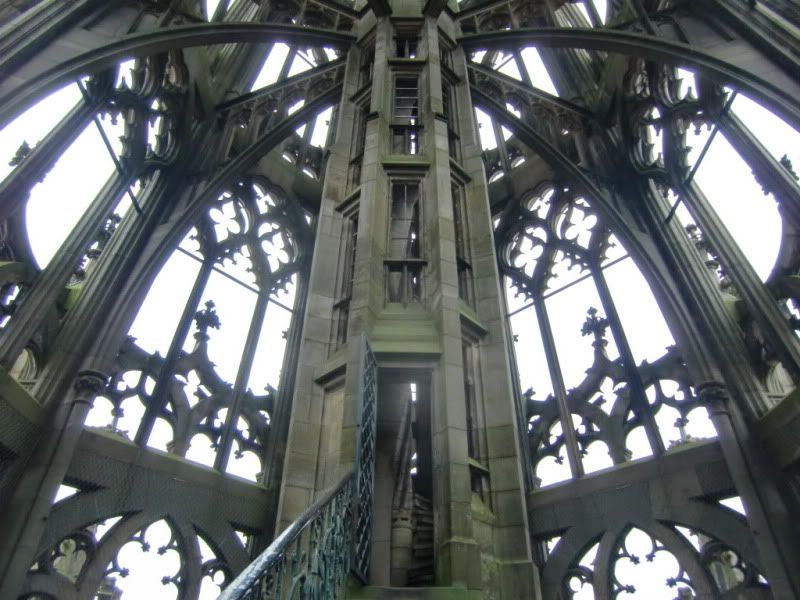 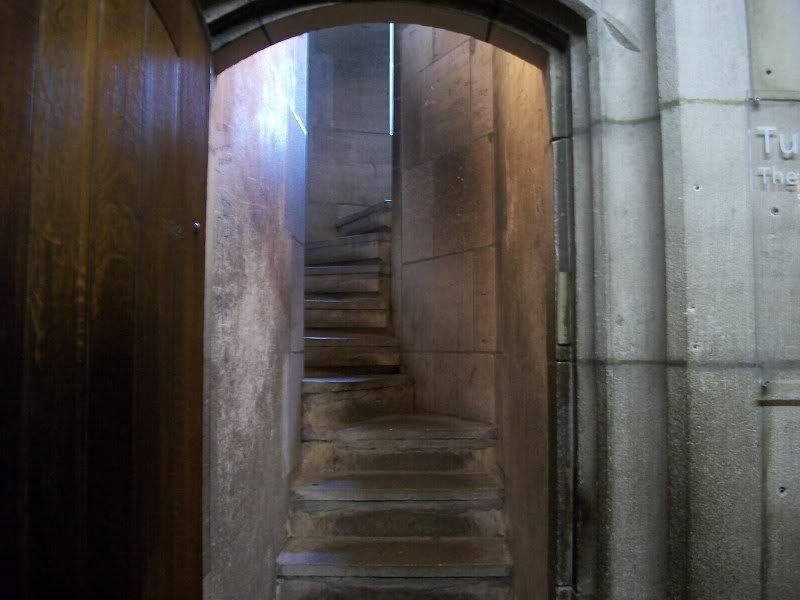 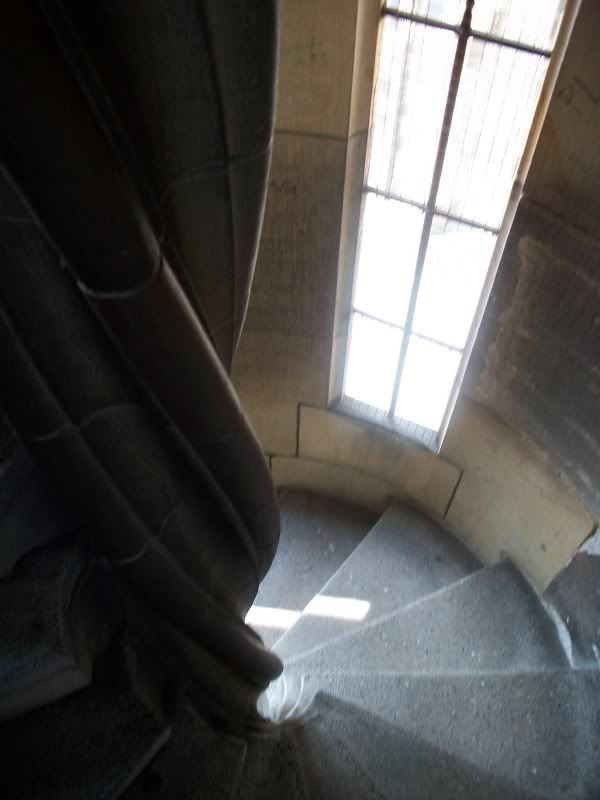 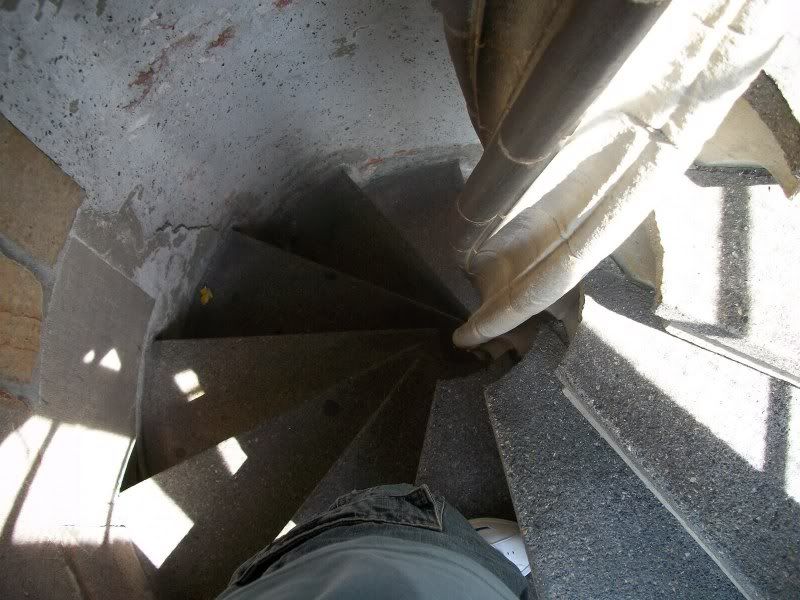  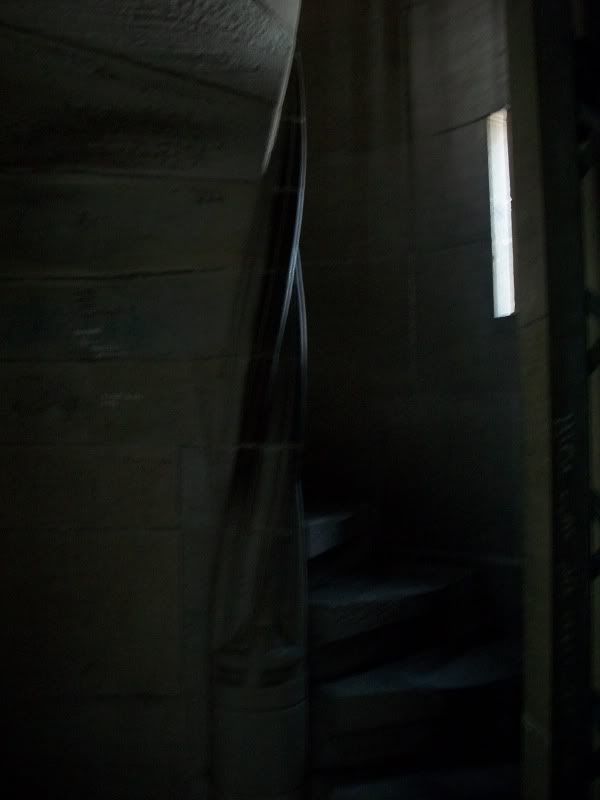 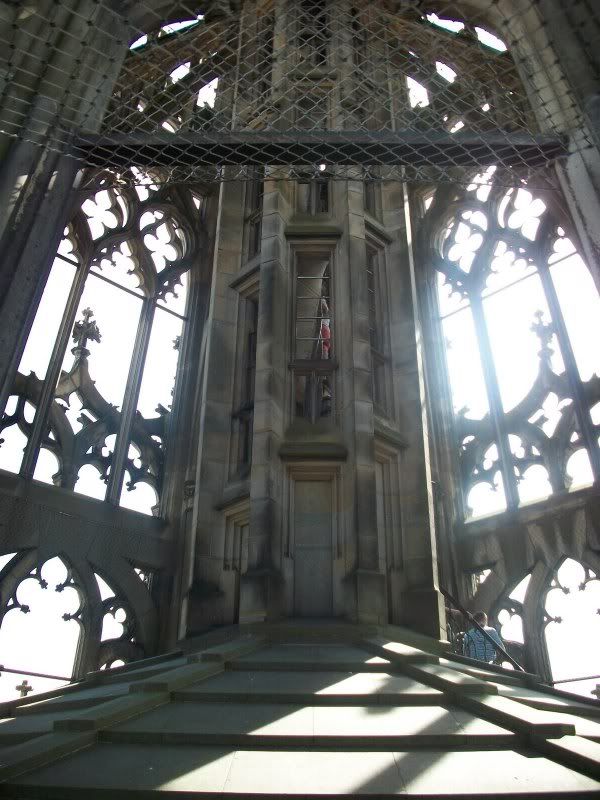  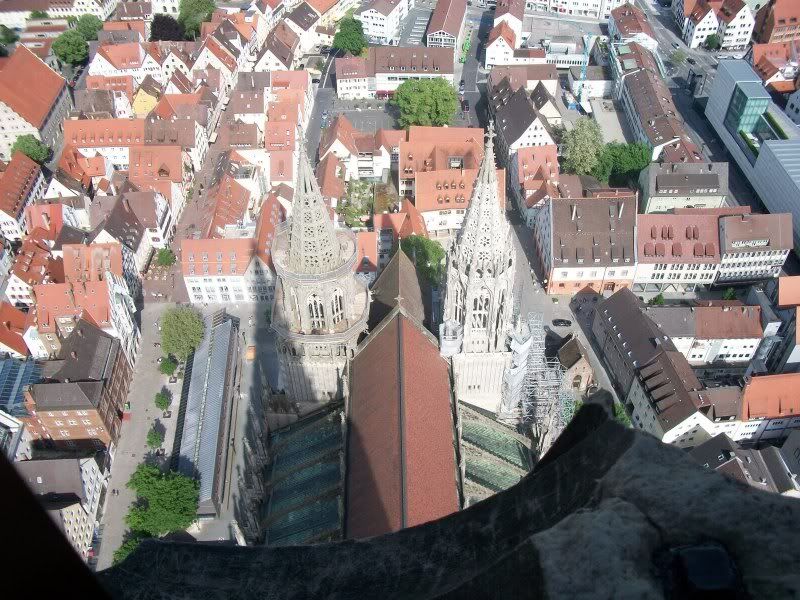 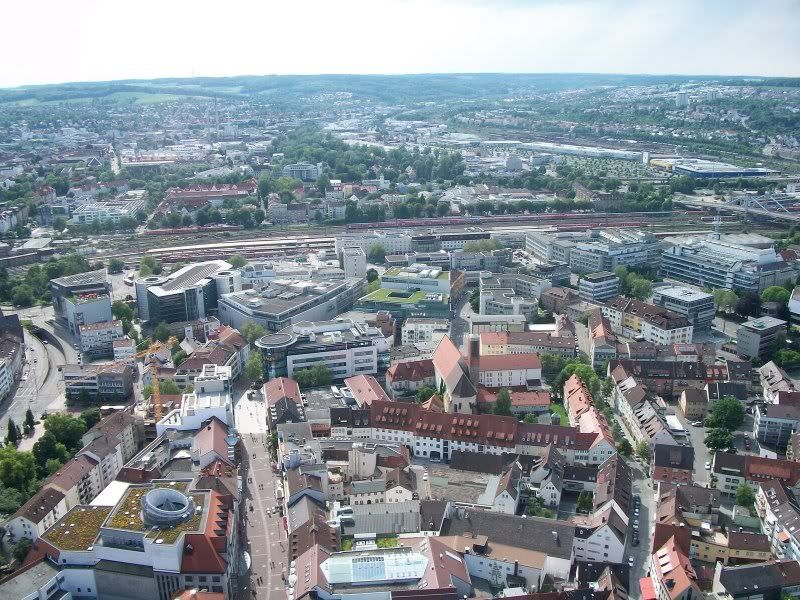 |
|
|
|
Post by Bayern Gull on Mar 9, 2011 23:11:52 GMT
I know that some books report it wrongly but in fact the steeple at Ulm has never been the tallest structure in the world. . It is the tallest church in the world and the tallest structure built before the 20th century, with a steeple measuring 160.9 metres (528 ft) and containing 768 steps. The world of tall buildings and structures is an extremely complicated and contentious one. There may indeed be a category that Ulm spire was once top of (apart from that of highest church tower) but this cannot have been structure as there is no doubt that the Washington and Paris boasted taller structures than Ulm at the time Ulm's tower was completed. Sorry to keep on about this but it's a bit of a hobby for me - I've been to see over half of the world's top 20 tallest buildings. |
|
Dave
TFF member

Posts: 13,081
|
Post by Dave on Mar 9, 2011 23:26:41 GMT
Bayern Gull, I wasn't clever enough or knowledgeable enough to write my post, most of it came from Wikipedia and we know not everything on there is factual or 100% correct.
Looking at the pictures I found, there is no way I would ever go up that steeple in a million years. ;D
|
|
|
|
Post by Bayern Gull on Mar 9, 2011 23:34:14 GMT
Looking at the pictures I found, there is no way I would ever go up that steeple in a million years. ;D It's actually worse than it looks in the photos especially when it's raining or windy although they do close it when the weather is really bad. |
|